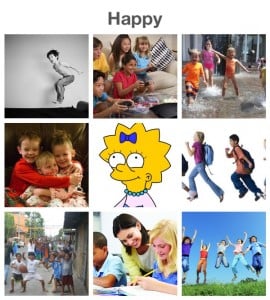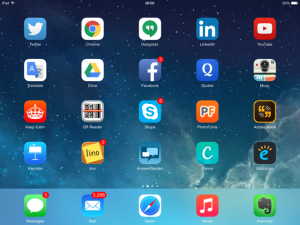 It is always fun for a DOS to get back into the classroom and give a lesson to a class of young learners. Once a year I go into my son’s class and give them a lesson that aims to engage the students, use all four skills (speaking, listening, reading and writing) encourage group work and integrate technology.
It is always fun for a DOS to get back into the classroom and give a lesson to a class of young learners. Once a year I go into my son’s class and give them a lesson that aims to engage the students, use all four skills (speaking, listening, reading and writing) encourage group work and integrate technology.
Today’s lesson did all of the above in only 45 minutes. Pharrell Williams’ ‘Happy’ song was the inspiration. The students loved the Muzzy ‘Word Play’ website and were excited to see their class poem come alive literally on the screen in from of them.
I have included here the powerpoint, the lesson plan, the worksheet and the video clips for you to use.
When I asked the students why I am happy in the fourth slide, one of the students said “Because you finished the marathon.” Another student said: “Because of your man.”
Both answers were correct.
I hope you too enjoy ‘The Happy Lesson”.
